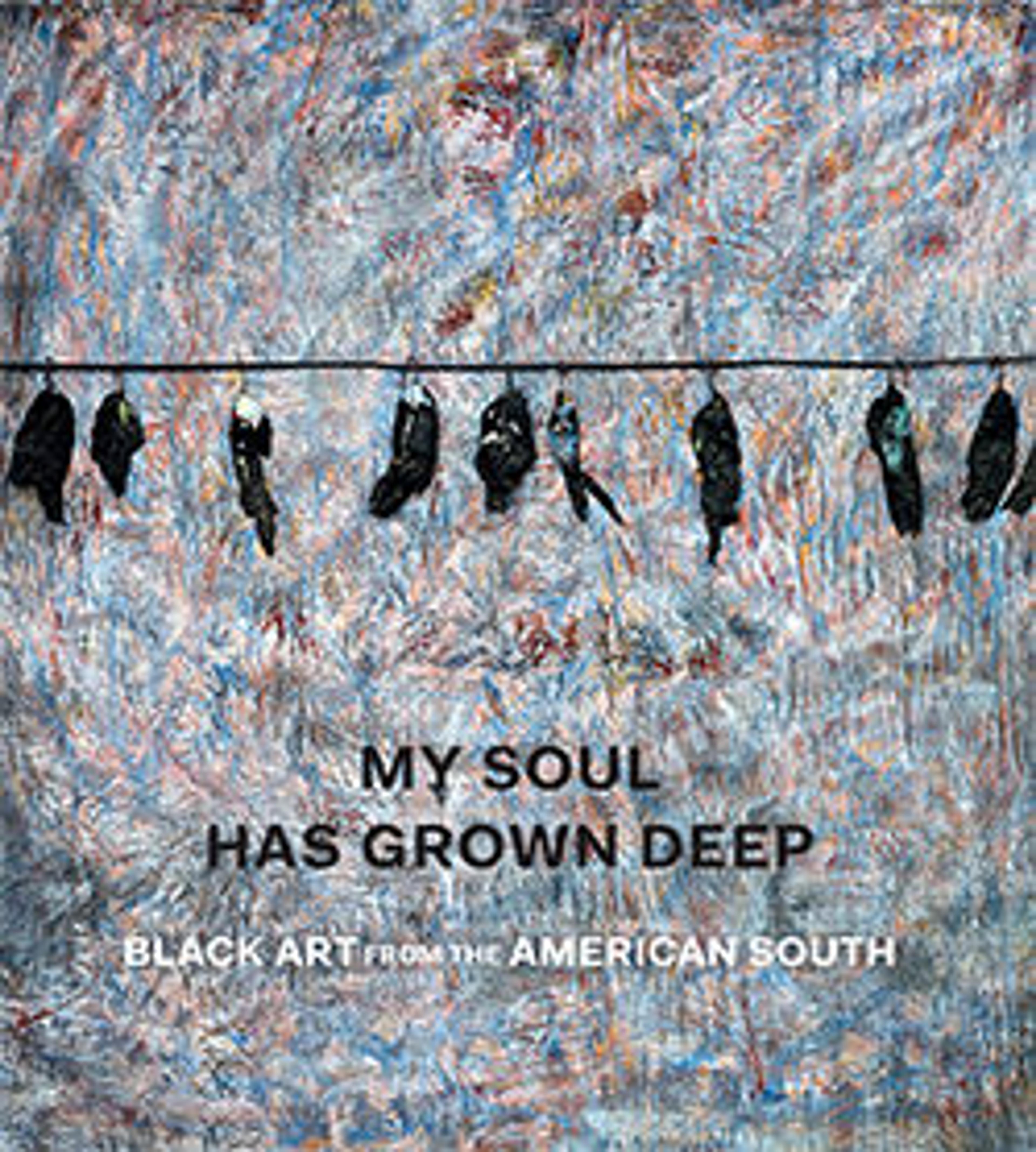Quilt, Birds in Air pattern
In the years around the middle of the nineteenth century, many quilt makers began to fashion quilts made with designs using red and green fabrics on a crisp white background. Many such red and green quilts, including our Crib Quilt (1991.42), Tulip Quilt (1998.87.2) and some squares of Album Quilts (1988.134; 52.103) feature bold floral appliqués made with solid-color fabrics. It is hard to know exactly why the trend for using only red and green fabrics on a white background became so popular in the period. One possible reason is the greater availability by the middle of the nineteenth century of the bright red colorfast cotton known as Turkey red.
Although most red and green quilts are appliquéd, the strongly graphic quilt seen here, which is immaculately pieced with white, solid red, and printed green fabrics in an overall pattern of small right triangles, is a more unusual example. Clearly a special quilt, it was made of all newly bought cottons and was barely ever used. It was passed down through three generations before entering the Museum’s collection.
Although most red and green quilts are appliquéd, the strongly graphic quilt seen here, which is immaculately pieced with white, solid red, and printed green fabrics in an overall pattern of small right triangles, is a more unusual example. Clearly a special quilt, it was made of all newly bought cottons and was barely ever used. It was passed down through three generations before entering the Museum’s collection.
Artwork Details
- Title:Quilt, Birds in Air pattern
- Maker:Annie E. Freshour Schaeffer (1851–1928)
- Date:before 1891
- Geography:Made in Frederick County, Lewistown, Maryland, United States
- Culture:American
- Medium:Cotton
- Dimensions:78 1/2 x 74 3/4 in. (199.4 x 189.9 cm)
- Credit Line:Purchase, Mrs. Roger Brunschwig Gift, 1990
- Object Number:1990.40.2
- Curatorial Department: The American Wing
More Artwork
Research Resources
The Met provides unparalleled resources for research and welcomes an international community of students and scholars. The Met's Open Access API is where creators and researchers can connect to the The Met collection. Open Access data and public domain images are available for unrestricted commercial and noncommercial use without permission or fee.
To request images under copyright and other restrictions, please use this Image Request form.
Feedback
We continue to research and examine historical and cultural context for objects in The Met collection. If you have comments or questions about this object record, please contact us using the form below. The Museum looks forward to receiving your comments.
